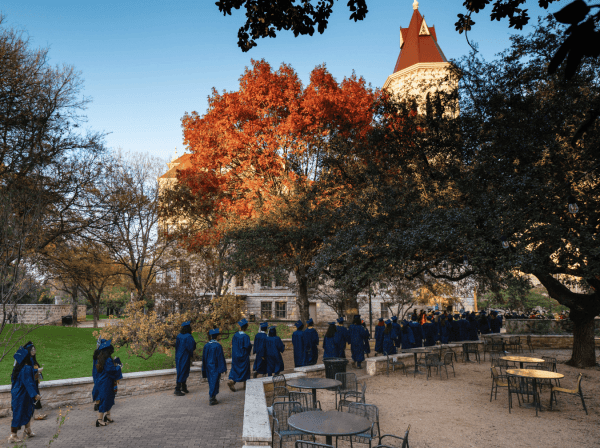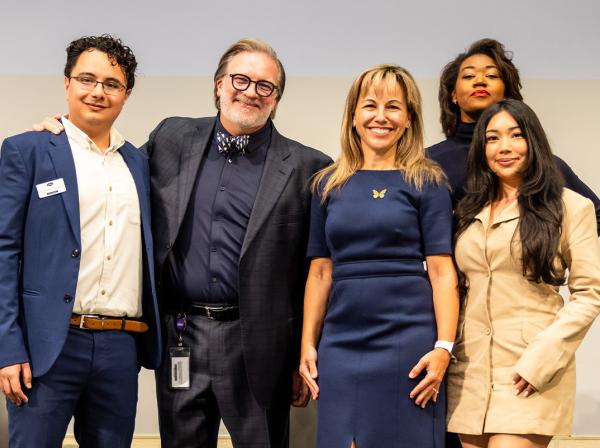Business Students Capture the Energy of Austin
Energy is everywhere. In steam rising from your coffee cup to your footsteps walking to get that coffee. But how do you harness energy that is otherwise wasted, like the energy created by your footsteps, and use it to power a sports arena? Cheryl O’Connor MBA ’18 and her team of three undergraduate students spent three days in September trying to determine if the idea behind O’Connor’s startup (Energy Everywhere) is viable.
You began with the idea of collecting energy from vibrations created by cars driving on the freeway. How did your idea evolve when meeting with Austin-based business leaders?
The team discussed how implementing the technology into roads would be too complex. We decided that high foot-trafficked commercial spaces are ideal venues to test and scale a product. Shelley Delayne, Founder of Orange Coworking, reinforced our ideas and helped us decide to test in a sports arena. She also connected me with other Austin business leaders who have experience in this specific industry, as well as a patent attorney who can help me investigate if similar products exist.
The team conducted market research on South Congress Avenue. Why did you choose this location?
This area of Austin offers both high foot traffic and a diverse cross-section of people — socioeconomics, age and race. We wanted to know if people base their buying decisions on a company’s commitment to the environment, or if renewable energy makes an impact on consumer choices. The city offers an ideal mix of people to test if renewable energy options are viable in this market before we invest further.
What did it feel like to pitch your idea to a panel of successful entrepreneurs?
It was nerve-wracking. But positive comments from mentors took away the intimidation factor. It was impactful to hear that I should pursue the idea, especially from influential people in Austin’s startup scene. In particular, Gordon Daugherty, managing director at Capital Factory, asked questions that revealed I hadn’t fully explained a key solution the product offers. This kind of feedback was critical.


